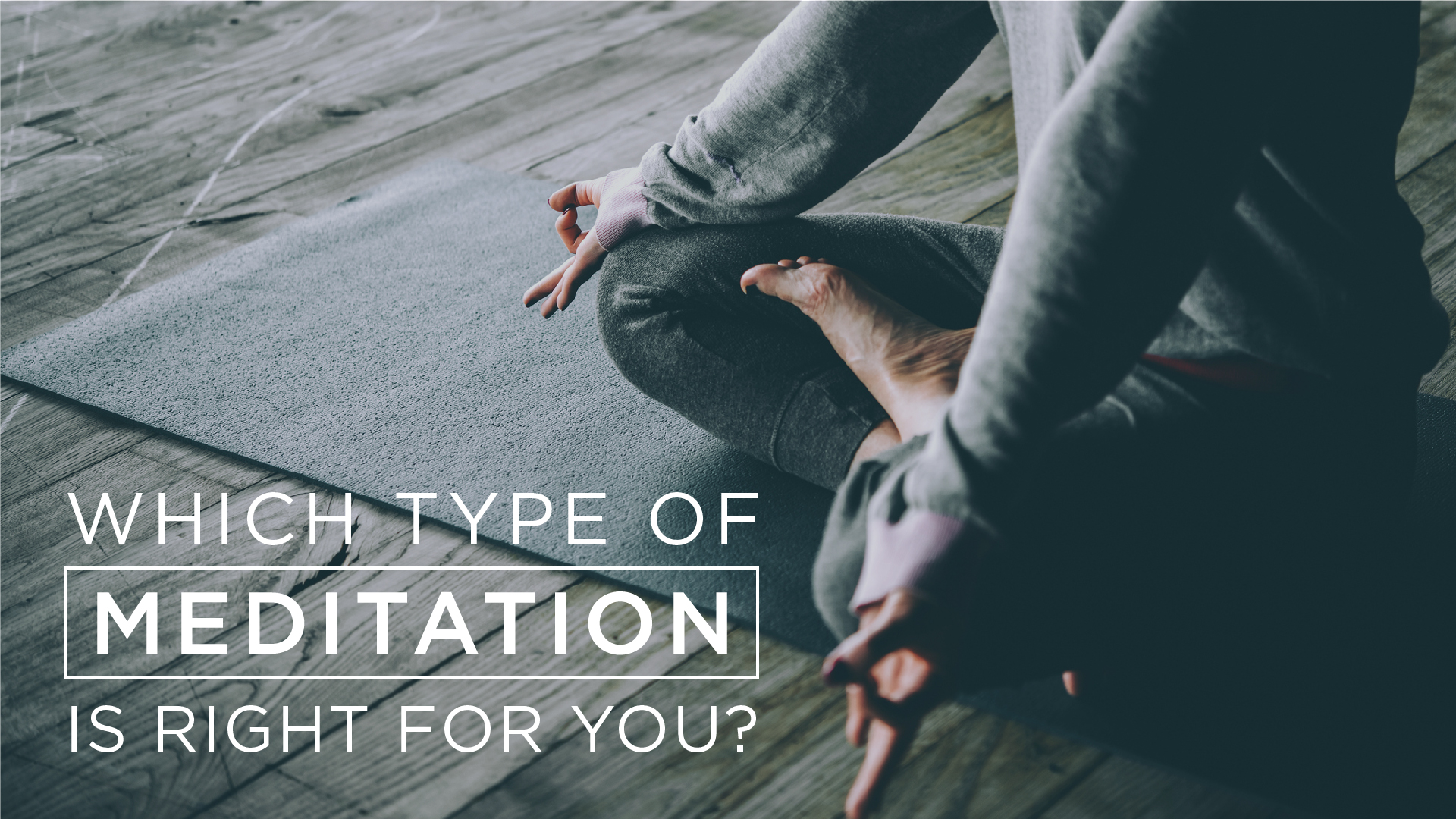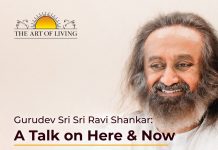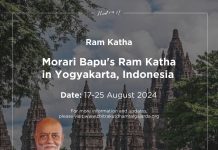A healthy person is a healthy physical AND mental state. The harmony and balance of both make up an individual that is healthy, energetic and content at the same time. Meditation has been construed as one of the things that would help the mental state. However, not all meditative techniques work on every individual. People seeking to meditate regularly should therefore look for a technique that suits them the best.
Here are the 7 available meditative techniques complete with the types of individuals that would suit it:
Zen Meditation
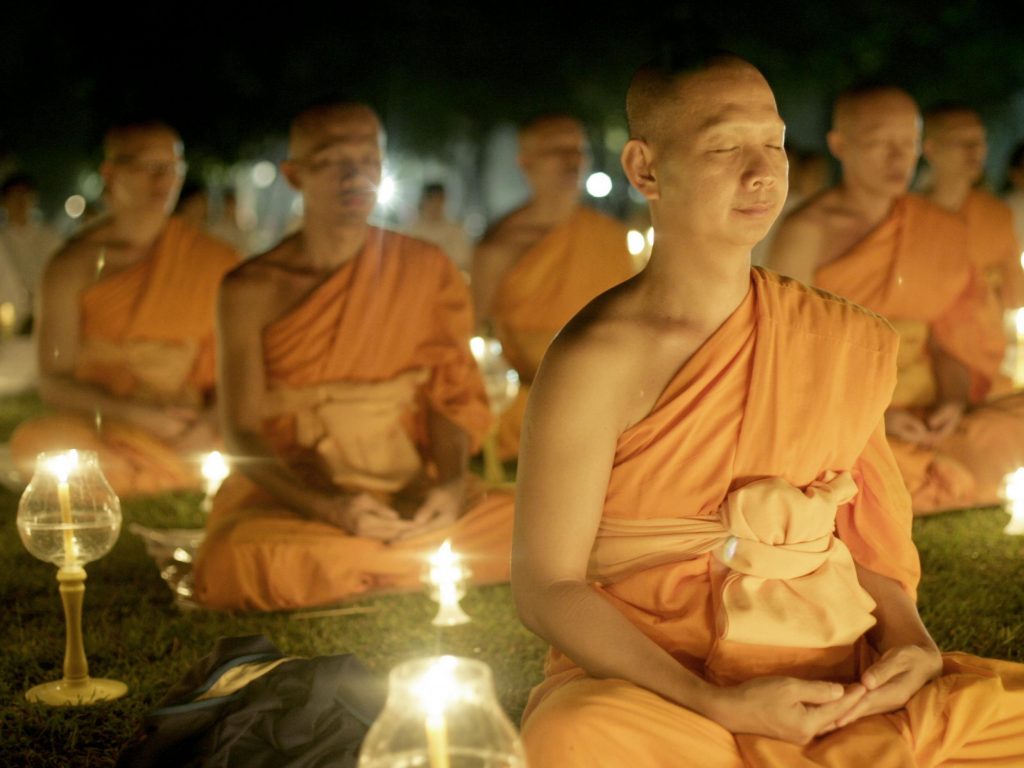
Zen meditation was originally a Buddhist teaching in discovering the stream of thought and help to awaken the mind. To start, practitioners are advised to simply observe their thoughts and let it go as it appear in their minds. You can even focus on an object or your breath while observing body sensation, thoughts or feelings. Those who have fulfilled their full potential are said to have an ‘awakened’ mind.
This is good for: people who want to practice meditation alone as there is no need for a guidance teacher. Quietly observing the thoughts will create an understanding of the mind which helps cope with mental issues such as anxiety and depression. Zen meditation is extremely relaxing so people who are stressed will also greatly benefit from this practice. Other than that, relaxation can also reduce symptoms of insomnia.
Spiritual Meditation
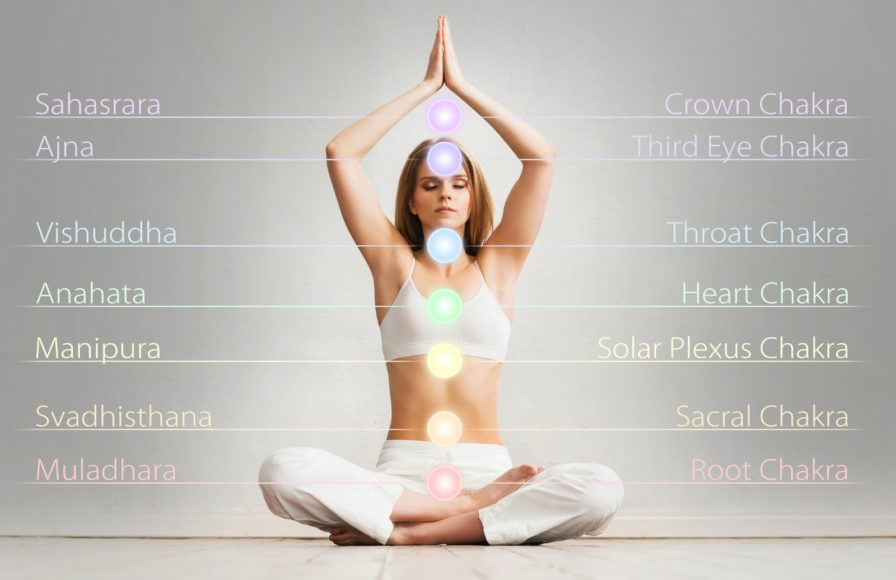
Spiritual meditations are generally used in Eastern religions such as Hinduism, Daoism and Christianity. It is done by praying and reflecting on the silence around them in order to deepen and intensify their connection with God or the universe. At times, essential oils such as using frankincense, myrrh, sage, cedar, sandalwood or palo santo are used to help the meditating experience. Prayers are usually offered at home or in the place of worship.
This is good for: those who prefer silence and seeks spiritual growth. Clearing the chatter in your mind and achieving spiritual growth can result in increased creativity, increased productivity, loss of weight (due to a more focused mind), emotional stability and soothing your nerves.
Focused Meditation

While others may focus on the inner self to meditate and achieve mindfulness, this meditation technique uses the five senses to heal and retrieve energy. Some of the practices that are done include focusing on one’s breath or even having external influences like counting mala beads, listening to the gong or staring at a candle flame. Apart from that, adding in mantra could strengthen your resolve. Saying sentences like ‘I am part of all things and all things are part of me’ will benefit the practitioner immensely in their physical, emotional and spiritual aspect.
This is for: people who like structure and are serious about maintaining a meditation practice. Practitioners will be able to manage stress better and prevent yourself from developing more anxiety and negative emotions.
Movement Meditation

Different from other forms of meditation, movement meditation is a much more active form of meditation where your body movements contribute concentration levels. People may think that movement and exercise will cause more pain, alas that is not the case with movement meditation. There are many forms of moving meditation that you can try from Yoga, Qigong, Taichi and rhythmic exercises.
This is good for: people who prefer to use action to pacify themselves and like to let their minds wander. Because it uses the body as part of the meditation, it is also ideal for people who want to maintain a figure while taking care of their mental health. Additionally, the physical movements also means that the body will experience benefits such as healing, improved physical strength and decrease of pain.
Mantra Meditation

Using mantras on its own are also another form of meditation. Mostly present in Hindu and Buddhist traditions, practitioners could have the choice of saying these mantras either loudly or quietly. Choices of mantras include ancient mantras such as OM (which means ‘to become’, ‘will be’ or ‘it is’) to modern sentences such as ‘Be the change you wish to see in the world‘.
This is good for: people who find mantras much easier to focus on. People who aren’t fond of silence and enjoy repetition will like this meditation technique better than other techniques.
Guided Visualization
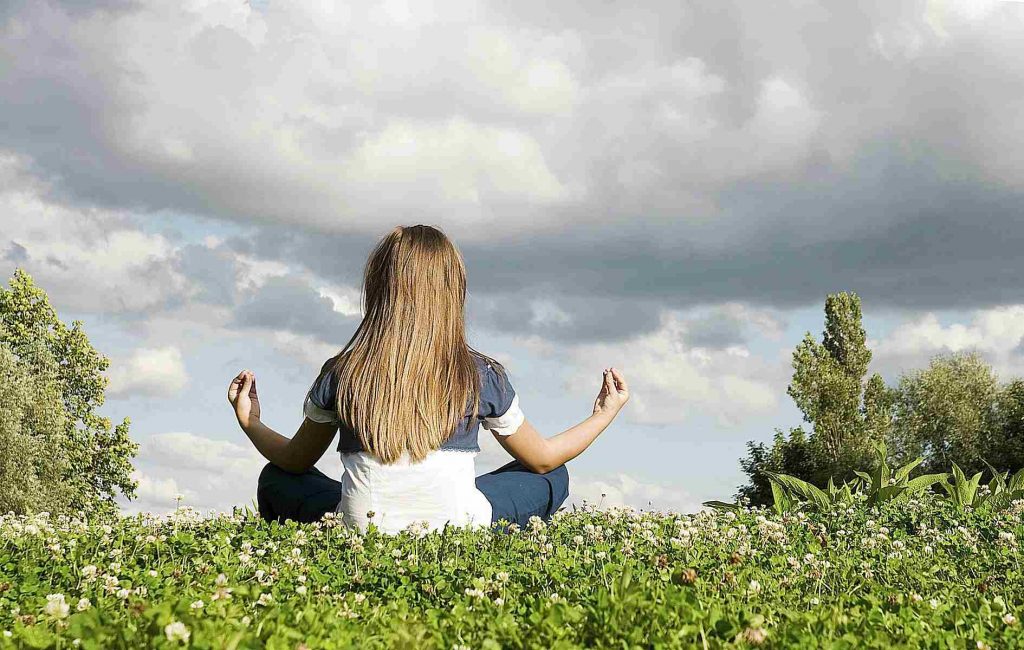
The power of visualization can also lend some help for our meditation and ease of mind. Buddha is the main inspiration for this technique, in which he says, ‘The mind is everything. What you think you become’ This form of meditation can also be done casually by visualizing a certain situation at mind, prompting the body to release chemicals that generate positivity. A stronger effect can be achieved with more experience the practitioner gains.
This is for: people who want to experience spiritual healing, stress relief and personal development at the same time.
Taking care of yourself does not only include taking care of your body, but it also includes maintaining the state of your mind. Doing this ensures that your mind is as effectively taken care of as your physical state. Amongst different methods to maintain mental health, meditation is said to be one of the most effective methods to maintain it. The variety and large number of meditation techniques allows you to choose one that is most suitable to you and your lifestyle.
Which on is the right technique for you?

